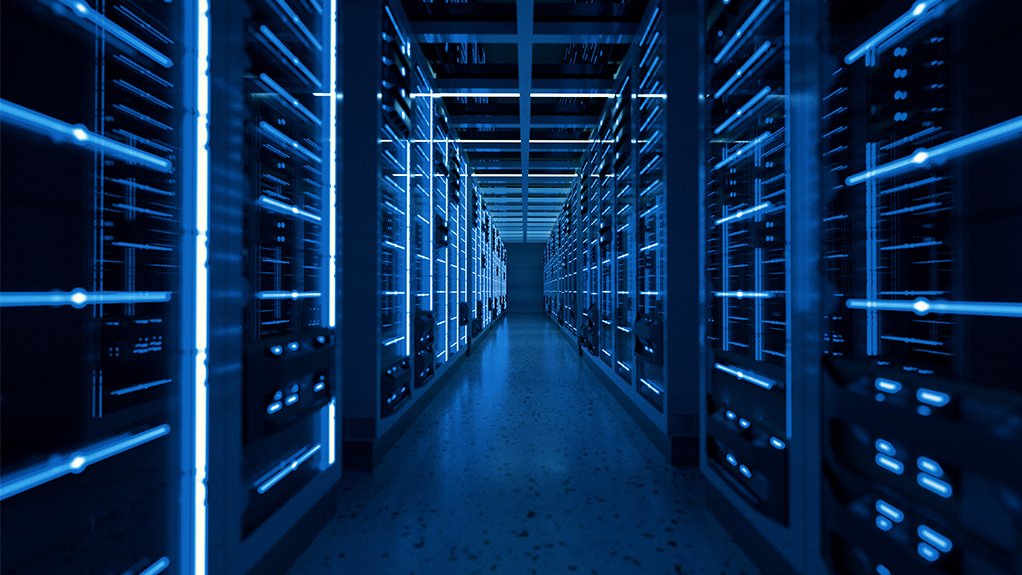
+27 (0)11 0461900
Private Bag X139 Halfway House 1685

Liquid-cooled AI data centres crucial but challenging in water-scarce South Africa
As the demand for AI processing power grows and thermal loads increase, liquid cooling has become a critical element in data center design. However, technology company Schneider Electric international operations secure power division senior VP Natalya Makarochkina says this is a challenge in water-scarce countries such as South Africa, therefore necessitating an innovative and comprehensive, yet flexible, approach.
“Cooling towers and other evaporative cooling techniques are popular heat rejection solutions for hyperscale data centres because of their high efficiency and large cooling capacity.
“However, these use the evaporation of water as a heat rejection mechanism, which consumes significant amounts of water. Water consumption contributes to higher operational costs. Further, in some regions with limited water resources, local authorities are putting more pressure on data centre owners to reduce water use,” she tells Engineering News.
In Schneider Electric’s White Paper 279 on ‘Five Reasons to Adopt Liquid Cooling’, the company explains that liquid cooling is becoming essential because of the increased central processing unit (CPU) power consumption and resulting heat, owing to more cores and overclocking; higher use of power-intensive graphics processing units (GPUs) for various computational workloads; and lower latency requirements leading to increased heat density as components are placed closer together.
Makarochkina says there are several ways to reduce water use in data centres including IT load reduction, improving cooling system efficiency and optimising cooling tower operation.
“Among these ways, liquid cooling can reduce or eliminate water use from a cooling system design. Because most liquid cooling techniques can use warm water directly to the IT [infrastructure], up to 45 °C, simple dry coolers can be used in most climates to reject the heat,” she explains.
Makarochkina highlights that as more IT equipment is deployed at the network edge, it often ends up in non-ideal environments. For example, Internet-of-Things (IoT) devices in manufacturing facilities and distribution centres face challenges from harsh conditions, such as airborne contaminants and unreliable power supplies.
Cost-effective standard IT systems are frequently used in these settings, which can lead to lower reliability. She notes that, as IT becomes more integral to production processes, any downtime directly impacts on the manufacturing plant's output.
While the challenges of deploying IT equipment in harsh environments drive the adoption of liquid cooling, several benefits of liquid cooling make it particularly advantageous, Makarochkina explains.
Liquid cooling minimises heat added to the room, eliminates the need for fans and enables waste heat recovery. It also reduces layout complexity, such as the need for hot- or cold-aisle containment, and is less dependent on geographic climate, making it a versatile and efficient cooling solution for various IT applications.
“Liquid cooling is most often viewed as a technical solution for high-performance computing and high-density applications. But the advantages liquid cooling brings to both large data centres and edge deployments may help overcome many of the challenges data centre designers and operators face today,” Makarochkina says.




